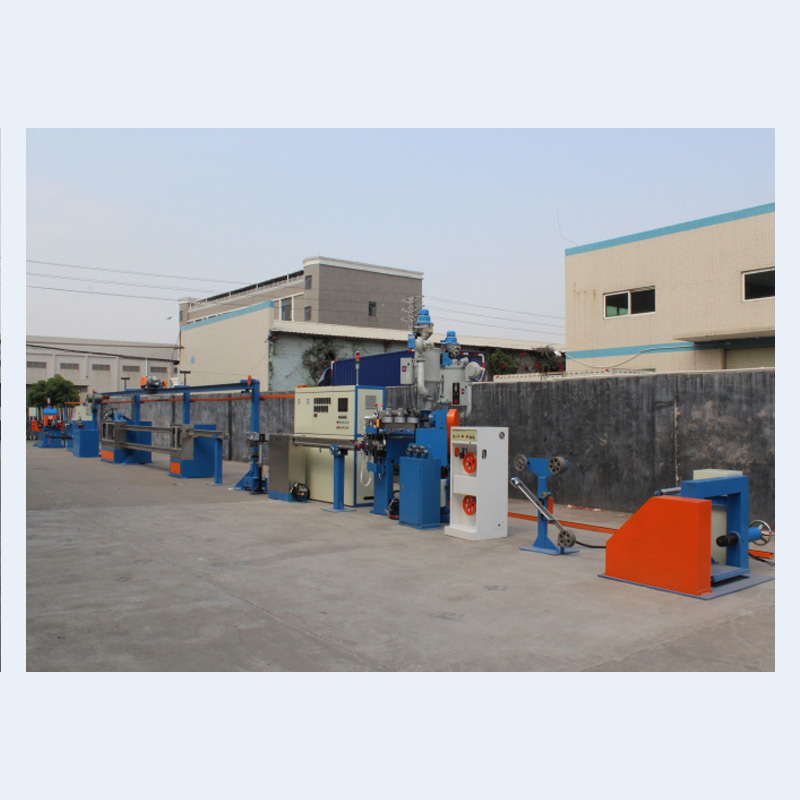An In-depth Look at Optical Cable Extruder: A Key Equipment for High-Quality Optical Fibers

Optical cable extruder plays a crucial role in the production of high-quality optical fibers. It is an essential equipment that enables manufacturers to produce optical cables with superior performance, durability, and reliability. By carefully controlling the extrusion process, optical cable extruders ensure the highest quality and consistency of optical fibers, meeting the growing demand for reliable communication networks.
The Functionality of Optical Cable Extruder
The primary function of an optical cable extruder is to coat the bare fiber with a protective layer. This coating process serves multiple purposes. Firstly, it provides mechanical protection to the fiber, shielding it from external forces and preventing damage during installation and maintenance. Secondly, the coating enhances the fiber's resistance to environmental factors such as moisture, temperature variations, and chemical exposure. Finally, it improves the fiber's performance by reducing signal loss and increasing transmission efficiency.
Modern optical cable extruders are equipped with advanced technologies that ensure precise control over the coating thickness and material properties. This level of control is crucial for achieving optimal optical performance and guaranteeing the longevity of the optical fibers.
The Importance of Optical Cable Extruder in Optical Fiber Manufacturing
High-quality optical fibers are the backbone of modern communication networks, enabling fast and reliable data transmission over long distances. The use of optical cables has revolutionized various industries, including telecommunications, internet services, and data centers. However, the quality of optical fibers is directly dependent on the extrusion process, making the optical cable extruder a critical piece of equipment.
Optical cable extruders ensure the production of fibers with consistent quality and uniform coating, minimizing the risk of signal degradation and increasing the overall network performance. The precise control over thickness, material properties, and overall production conditions enables manufacturers to meet the stringent requirements of diverse applications, including long-haul communication, high-speed internet, and ultra-high-definition video transmission.
Furthermore, optical manufacturers can customize the extrusion process based on specific customer requirements, such as different fiber diameters, protective materials, and performance characteristics. This flexibility allows the industry to cater to a wide range of applications, ensuring the seamless integration of optical fibers into various communication systems.
Conclusion
Optical cable extruder is an indispensable piece of equipment for the manufacturing of high-quality optical fibers. Its role in precisely controlling the coating process ensures the production of durable, reliable, and high-performance optical cables. The continuous advancements in extrusion technology guarantee the conformity of optical fibers to industry standards and customer expectations. As the demand for faster and more robust communication networks continues to grow, the significance of optical cable extruder in meeting these requirements cannot be overstated.

